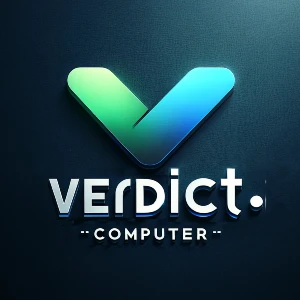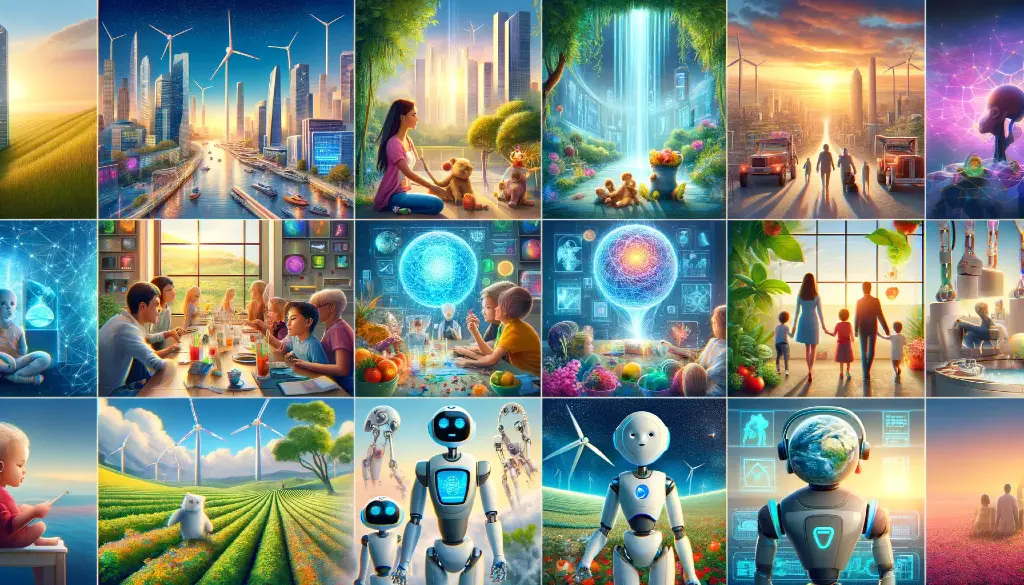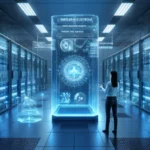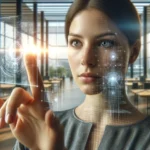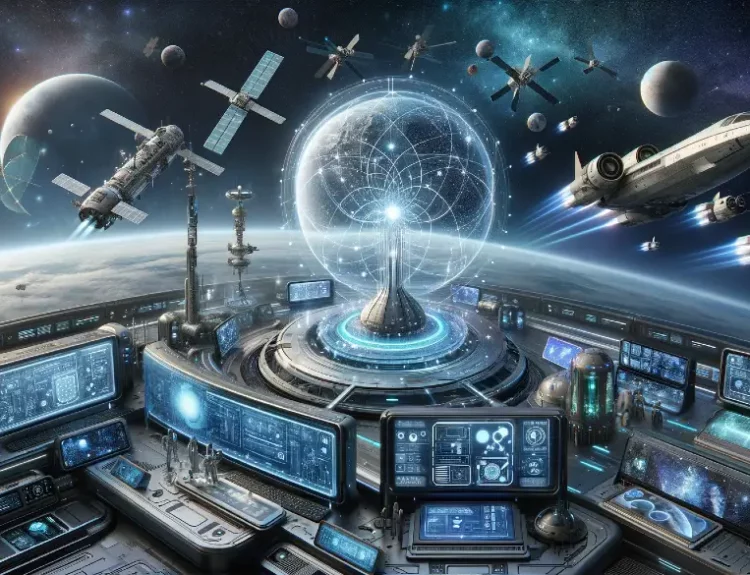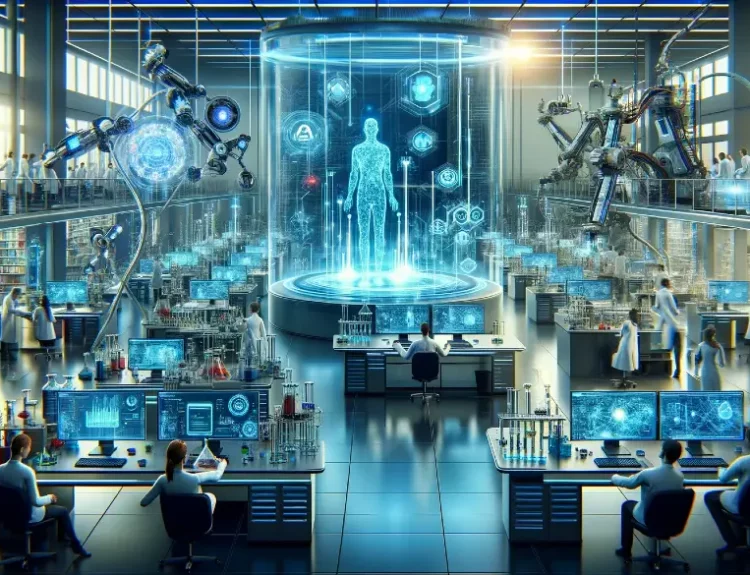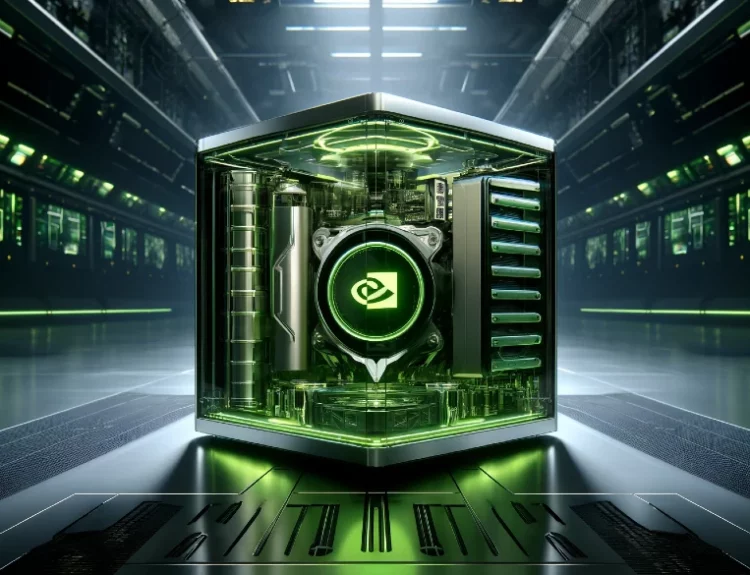Introduction
The realm of computer-generated imagery (CGI) has undergone a revolution in recent years. No longer confined to the realm of pixelated spaceships and clunky dinosaurs, CGI has blossomed into a powerful artistic tool, blurring the lines between reality and imagination. This evolution is largely fueled by the burgeoning power of Artificial Intelligence (AI).
AI-driven image generation is rapidly transforming the landscape of CGI. From crafting photorealistic landscapes to conjuring fantastical creatures, AI algorithms are pushing the boundaries of visual storytelling. These advancements, fueled by innovations in AI-powered visual rendering, are opening up a world of creative possibilities for artists, filmmakers, and game developers alike.
The Rise of AI in Computer Generated Images
At its core, AI refers to the development of intelligent systems that can learn and adapt. In the realm of CGI, AI takes the form of complex algorithms specifically designed to analyze and generate visual data. These algorithms, often referred to as “deep learning” models, are trained on massive datasets of images and videos. By ingesting this information, the AI learns to recognize patterns and relationships within visual data.
One of the most prominent types of AI algorithms used for image generation is the Generative Adversarial Network (GAN). A GAN operates as a competition between two neural networks: a generator and a discriminator. The generator continuously creates new images, while the discriminator attempts to distinguish the generated images from real photographs. This ongoing battle refines both networks, with the generator ultimately producing increasingly realistic and detailed images.
These AI systems rely on vast datasets to function effectively. These datasets, encompassing everything from photographs of real-world environments to libraries of 3D models, provide the AI with the raw material it needs to understand visual concepts. This empowers the AI to not only replicate existing visuals but also to generate entirely new and creative ones.
The benefits of AI-powered CGI are numerous. AI can automate repetitive tasks in the CGI workflow, freeing up artists to focus on creative endeavors. Additionally, these algorithms can generate variations on existing concepts with incredible speed and efficiency. This allows for a new level of creative exploration within CGI projects. Finally, advancements in AI technology are pushing the boundaries of what’s possible in CGI, paving the way for the creation of ever more stunning and realistic visuals .
Exploring the Applications
The influence of AI in CGI is no longer a futuristic vision; it’s a tangible reality across various creative fields. Let’s delve into some specific examples of how AI is revolutionizing CGI workflows:
- Animation: AI can generate realistic character movements and expressions, streamlining the animation process. Imagine automatically creating nuanced facial animations for a single voice line – AI can handle that! This frees up animators to focus on more complex emotional storytelling and character development.
- Film Production: AI-powered tools are transforming the way filmmakers bring fantastical creatures and environments to life. Imagine needing a massive CGI dragon for your next epic fantasy film. With AI, you can create realistic scales, textures, and even generate different dragon poses in a fraction of the traditional time. This allows for more intricate visual effects and a smoother production process.
- Video Game Development: AI is playing a growing role in creating immersive and engaging video game worlds. For instance, AI can generate vast, realistic landscapes for open-world games, complete with diverse flora and fauna. Additionally, AI can be used to procedurally generate unique enemy variations or randomize environmental details, enhancing the replayability of games.
However, the applications of AI in CGI extend beyond pure efficiency. AI algorithms can also be used to create entirely new visual concepts, pushing the boundaries of artistic expression. Imagine brainstorming a new alien species – with AI, you can feed the algorithm descriptive keywords and generate a variety of visually striking possibilities to inspire your creativity.
It’s important to acknowledge that ethical considerations surround AI-generated content. As AI becomes adept at mimicking existing styles, there’s a potential for plagiarism or copyright infringement concerns. Open discussions and clear guidelines are crucial to ensure responsible use of AI in the creative process.
The Future Landscape
The future of AI in CGI is brimming with exciting possibilities. As AI technology continues to evolve, we can expect even more groundbreaking advancements that will reshape the way we create and experience visual media. Here are some glimpses into what the future holds:
- Hyper-realism: We can anticipate AI pushing the boundaries of visual fidelity, generating imagery that is indistinguishable from reality. Imagine scenes in a movie where it’s impossible to discern the real from the AI-created elements. This level of hyper-realism will further immerse audiences in stories and create breathtaking visual experiences .
- AI-driven storytelling: AI might one day play a more active role in the narrative process. Imagine feeding an AI the core themes and characters of a story, and the AI generates potential plotlines, environments, or even character designs. This collaborative approach could open up entirely new avenues for creative storytelling.
- The Rise of AGI (Artificial General Intelligence): While still a distant possibility, the development of AGI could have a profound impact on CGI. Imagine an AI that not only understands visual data but also possesses the creativity and problem-solving skills of a human artist. Such an AGI could revolutionize CGI creation, potentially generating entire films or games with minimal human input.
However, it’s important to remember that AI is a tool, not a replacement for human creativity. The future of CGI will likely be a collaborative space where artists and AI work together, leveraging each other’s strengths. AI can handle the technical aspects and complex calculations, while artists provide the vision, direction, and emotional core of the project.
Conclusion
The artistic landscape of CGI is undergoing a radical transformation fueled by the power of AI. From automating workflows to generating entirely new visual concepts, AI is opening doors to a world of creative possibilities. As AI technology continues to evolve, the future of CGI promises even more hyper-realistic visuals, AI-driven storytelling avenues, and potentially, the collaboration with Artificial General Intelligence.
Ready to shape the future of AI?
Verdict AI isn’t just another platform. We’re building a future where machine learning (ML) and Artificial General Intelligence (AGI) evolve alongside humanity, learning from real-world interactions and the collective wisdom of our community.
Every search, chat, and shared result on Verdict contributes to a powerful AI that understands and reflects our diversity. It’s a collaborative effort, where your experiences and insights become building blocks for the future.
Join Verdict and be an architect of the AI revolution!
Explore More:
Head over to our blog page for more thought-provoking reads on the exciting world of AI. Dive into articles like “AI Code Generators: Revolutionizing Software Development” and ” NVIDIA’s Role in Computer Technology,” and discover the vast potential of AI across various industries.
